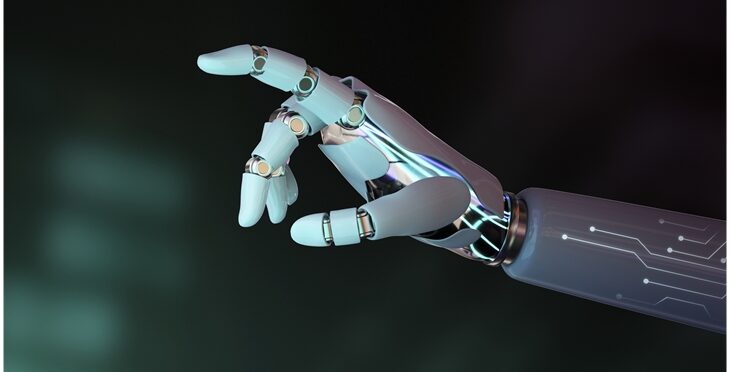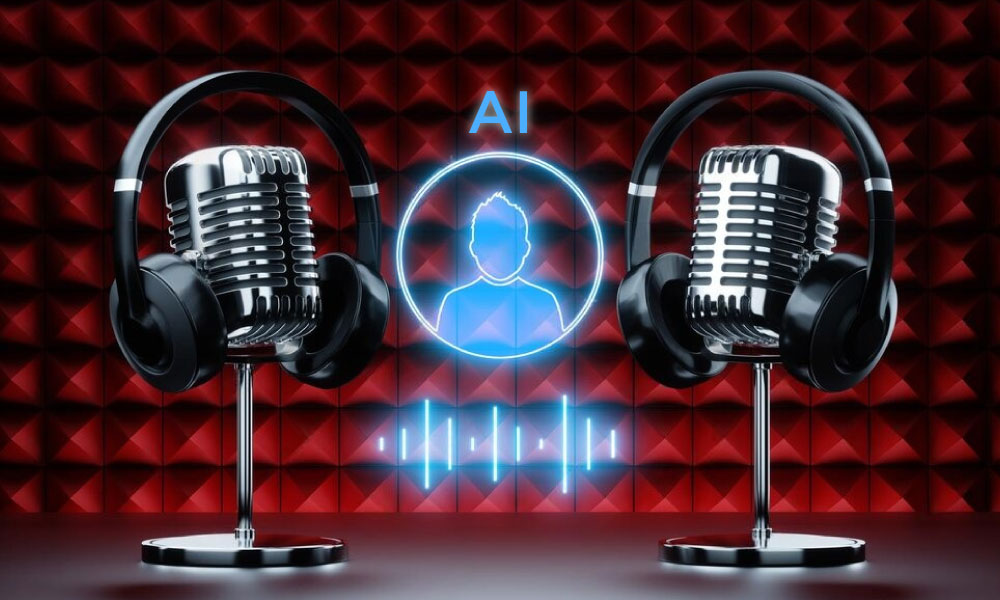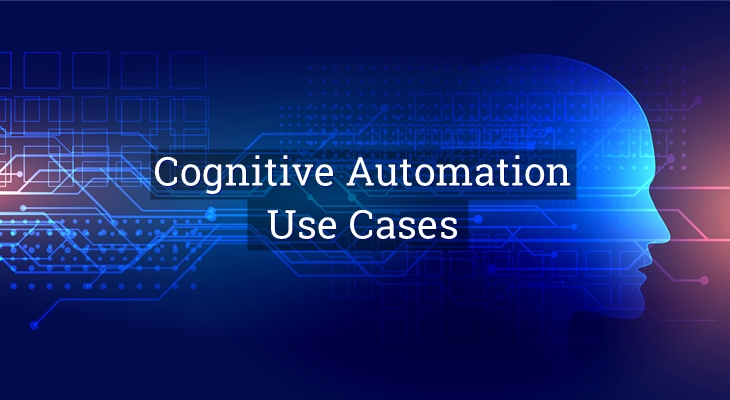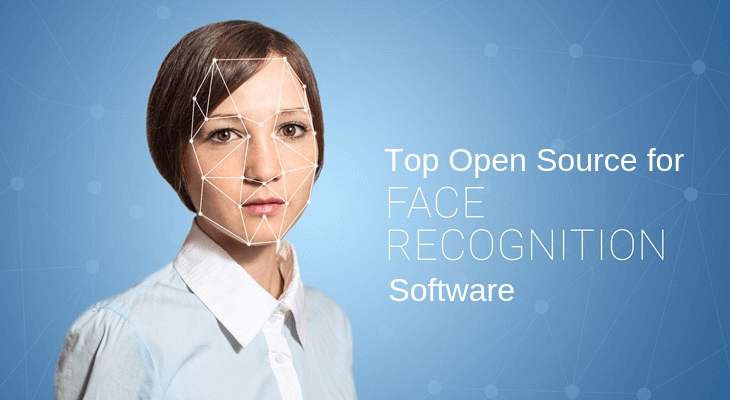Introduction to Cognitive Automation and Robotic Process Automation
Cognitive Automation and Robotic Process Automation have the potential to make business processes smarter and also more efficient.
RPA stands for Robotic Process Automation. It is a software technology that allows anyone to automate digital tasks. RPA allows software users to create software robots, or "bots,". These bots can learn, mimic, and then execute business processes based on rules.
When software adds intelligence to information-intensive processes, it is known as cognitive automation. It has to do with robotic process automation (RPA) and combines AI and cognitive computing.
In this blog, we will be covering some of the key differences between them.
Cognitive Automation
When software adds intelligence to information-intensive processes, it is known as cognitive automation. It has to do with robotic process automation (RPA) and also combines AI and cognitive computing. The process uses AI to extend and also improve actions that are typically associated with RPA. It thus saves users money and also ensures customer satisfaction. It also accurately completes complex business processes that use unstructured data.
RPA is a method of using artificial intelligence (AI) or digital workers to automate business processes. Meanwhile, cognitive computing also enables these workers to process signals or inputs.
Benefits the Organization
Organizations can use cognitive automation to automate more processes. It also makes better use of both structured and unstructured data. One example of unstructured data is Customer interactions. This data can also be easily analyzed, processed, and structured into useful data for the next step in the business process. This data can also be fruitful for predictive analytics.
Cognitive automation also improves business quality by making processes more efficient. As a result, it facilitates digital and organizational transformation.
Applications of Cognitive Automation
Human Resource Automation
Cognitive automation filters candidates for recruitment. It can also predict the likelihood of resignations, analyze employee satisfaction, etc.
Finance Automation
Cognitive automation can also pick up data from finance documents (sale orders, invoices). It can then confirm data, process payments, reconciliation, etc.
Marketing/Sales Automation
Cognitive automation can also send personalized greetings, predict the likelihood of sales. It can also generate quotations, etc.
Customer Service Automation
Cognitive automation can classify incoming emails. It can also identify the type of inquiry to send to relevant colleagues, make suggestions, etc.
Procurement Automation
Cognitive automation uses machine learning to classify items, merge/compare quotes, etc.
Reporting Automation
Cognitive automation can detect trends and abnormalities from reports. It can also compile data from multiple documents/ systems, etc.
Robotic Process Automation
RPA stands for Robotic Process Automation. It is a software technology that allows anyone to automate digital tasks. RPA also allows software users to create software robots, or "bots,". These bots can learn, mimic, and then execute business processes based on rules. Users can also create bots using RPA automation by observing human digital actions. Show what you want your bots to do, then leave them to it. Robotic Process Automation software bots can also interact with any application or system. They interact with the system in the same way that humans do. RPA bots can also work around the clock, nonstop, much faster, and with 100% accuracy and precision.
Robotic Process Automation Bots:
Robotic Process Automation bots have all the same digital abilities as humans, plus a few more. RPA bots are a Digital Workforce. They are capable of interacting with any system or application. Bots can also copy-paste, scrape web data, perform calculations, open and move files, parse emails. They can also log into programs, connect to APIs, and extract unstructured data, to name a few capabilities. Moreover, there's no need to change business systems, applications, or existing processes to automate. Robotic Process Automation bots can also adapt to any interface or workflow.
RPA bots are simple to create, deploy, and share. It's as simple as pressing the record, play, and stop buttons and dragging and dropping files around. To execute business processes across the organization, RPA bots also provide a scheduling feature. They can also be cloned, customized, and shared.
Applications of Robotic Process Automation
Finance & Banking
- Automate data validations
- Data migration between different banking applications
- Customer account management
- Report creation
- Form filling
- Loan claims processing
- Updating loan data
- Backing up teller receipts
Manufacturing
- Automation of logistics data
- Data monitoring
- ERP automation
- Product pricing comparisons
Retail
- Extracting production data from websites of manufacturers
- Updating online inventory automatically
- Updating product information automatically on websites
- Importing email sales
Healthcare
- Patient data migration and processing
- Reporting for doctors
- Medical bill processing
- Insurance data automation
- Insurance claim processing
- Claim status and eligibility automation
- Patient record storage
Telecommunications
- Extracting data related to competitor pricing
- Backing up client information systems
- Collecting and consolidating client’s phone data
- Uploading data
Difference Between Robotic Process Automation and Cognitive Automation
|
Robotic Process Automation |
Cognitive Automation |
| RPA aims to automate mundane, everyday tasks | Cognitive Automation brings Artificial Intelligence and Machine Learning into the automation workflow. It also assists humans in decision-making. |
| Robotic Process Automation is process-oriented | Cognitive Automation is knowledge-based |
| RPA automates simple day-to-day tasks | Cognitive Automation has the ability to automate much more complex tasks |
| Robotic Process Automation gives quick Return on Investment | It takes time to gain the Return on Investment |
| Robotic Process Automation needs very basic technical skills such as screen mapping, automation, etc. | Cognitive Automation uses advanced technologies such as NLP, data mining, semantic analysis, etc. |
| RPA requires some amount of human intervention to handle exceptions | Cognitive Automation doesn’t need any human intervention and can handle exceptions on its own |
| RPA is used in simple day-to-day tasks such as data entry, claims processing, resume scanning, order processing, etc. |
Cognitive Automation is used in much more complex tasks such as trend analysis, customer service interactions, behavioral analysis, email automation, etc. |
Key Difference Cognitive Automation and Robotic Process Automation
Application Difference
RPA is a technology that uses software robots to mimic repetitive human tasks with great precision and accuracy. RPA is also ideal for processes that do not need human intervention or decision-making.
But, there will be many situations in which human decision-making is required. Also, when large amounts of data are there, it can be difficult for the human workforce to make the best decisions. Cognitive automation can also help in this situation. Cognitive automation is also a subset of AI that mimics human behavior. Moreover, this is far more complex than the actions and tasks mimicked by RPA processes.
Technological Difference
Cognitive automation makes it easier for humans to make informed business decisions by utilizing advanced technologies. These technologies can be natural language processing, text analytics, data mining, semantic technology, and machine learning.
RPA uses basic technologies like screen scraping, macro scripts, and workflow automation. Also, RPA does not need coding because it relies on framework configuration and deployment.
Whereas, cognitive automation relies on machine learning and requires extensive programming knowledge.
Differences In Automation Methods
RPA is a rule-based system that follows the 'f-then' principle. It's a process-oriented technology. It is mostly used to complete time-consuming tasks handled by offshore teams. Moreover, cognitive automation is a technology based on knowledge. Here, the machine engages in a series of human-like conversations and behaviors. It does so to learn how humans communicate and define their own set of rules.
Data Processing Difference
The differences between RPA and cognitive automation for data processing are like the roles of a data operator and a data scientist. A data operator's primary responsibility is to enter structured data into a system. Whereas, a data scientist's responsibility is to draw inferences from various types of data. The data scientist then presents them to management in a usable format so that they can make informed decisions.
RPA and cognitive automation both operate within the same set of role-based constraints.
RPA functions similarly to a data operator, working with standardized data. Also, only when the data is in a structured or semi-structured format can it be processed. Any other format, such as unstructured data, necessitates the use of cognitive automation. Cognitive automation also creates relationships and finds similarities between items through association learning.
Conclusion
The technology you use is determined by the nature of your process. RPA is the right solution if your process involves structured, large amounts of data and is strictly rule-based.
But, if you deal with complex, unstructured data that requires human intervention, cognitive automation is a better fit.
Working with a software vendor is also advised. The vendor must also understand the evolution of RPA to cognitive automation. You should also be aware of the importance of combining the two technologies to fortify RPA tools with cognitive automation to provide an end-to-end automation solution. This is also the best way to develop a solution that works for your organization.





